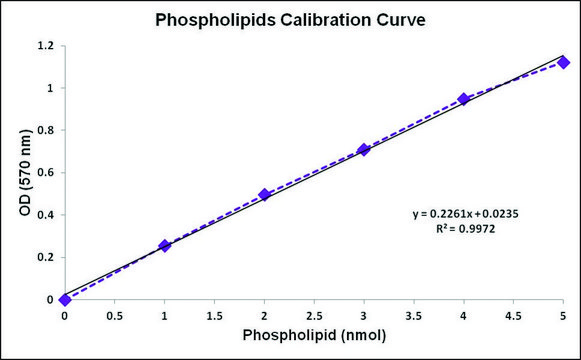MAK112
Arginase Activity Assay Kit
sufficient for 200 colorimetric tests
Synonym(s):
Arginase Test Kit
About This Item
Recommended Products
usage
sufficient for 200 colorimetric tests
detection method
colorimetric
relevant disease(s)
cancer; immunological diseases; gastrointestinal diseases
storage temp.
−20°C
Gene Information
human ... ARG1(383) , ARG2(384)
mouse ... ARG1(11846) , ARG2(11847)
rat ... ARG2(29215) , Arg1(29221)
General description
Application
Features and Benefits
Suitability
Principle
Signal Word
Danger
Hazard Statements
Precautionary Statements
Hazard Classifications
Aquatic Chronic 3 - Eye Dam. 1 - Met. Corr. 1 - Repr. 1B - Skin Corr. 1A
Storage Class Code
6.1D - Non-combustible acute toxic Cat.3 / toxic hazardous materials or hazardous materials causing chronic effects
Flash Point(F)
Not applicable
Flash Point(C)
Not applicable
Choose from one of the most recent versions:
Certificates of Analysis (COA)
Don't see the Right Version?
If you require a particular version, you can look up a specific certificate by the Lot or Batch number.
Already Own This Product?
Find documentation for the products that you have recently purchased in the Document Library.
Related Content
See how multiplex assays, such as the Luminex® bead-based multiplex immunoassay MILLIPLEX® Rat Liver Injury Panel, enable researchers to simultaneously measure multiple hepatotoxic biomarkers and cytokines to expand knowledge on drug-induced liver injury processes.
Our team of scientists has experience in all areas of research including Life Science, Material Science, Chemical Synthesis, Chromatography, Analytical and many others.
Contact Technical Service


